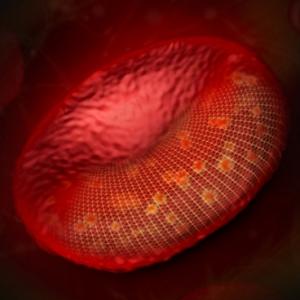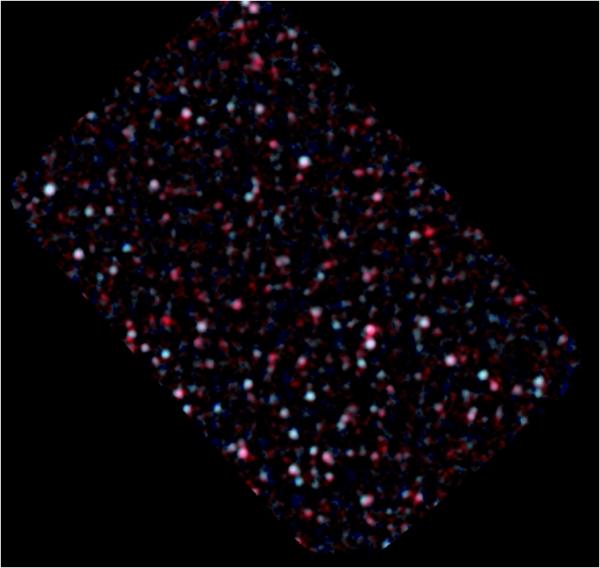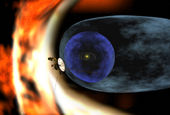
© Alex Jerez, YongKeun Park, Gabriel Popescu, and Subra SureshPictured is an artist's rendering of human red blood cell.
Much like a tightly wound drum, red blood cells are in perpetual vibration. Those vibrations help the cells maintain their characteristic flattened oval or disc shape, which is critical to their ability to deform as they traverse blood vessels in the body to deliver oxygen to tissues.
Blood disorders such as malaria, sickle cell anemia and spherocytosis interfere with those vibrations, so a better understanding of the vibrations could help researchers develop treatments for those diseases. However, the vibrations are nearly impossible to study because their amplitude is so tiny (nanometer, or billionth of a meter, scale), and they occur in just milliseconds.
A year ago, a team led by MIT Dean of Engineering Subra Suresh and Physics Professor Michael Feld, director of MIT's George R. Harrison Spectroscopy Laboratory, reported the first whole-cell glimpse of these membrane fluctuations. Now, in a paper appearing in the
Proceedings of the National Academy of Sciences, they present conclusive evidence that the vibrations require energy input from ATP (
adenosine triphosphate), a chemical cells use to store and transfer energy.



